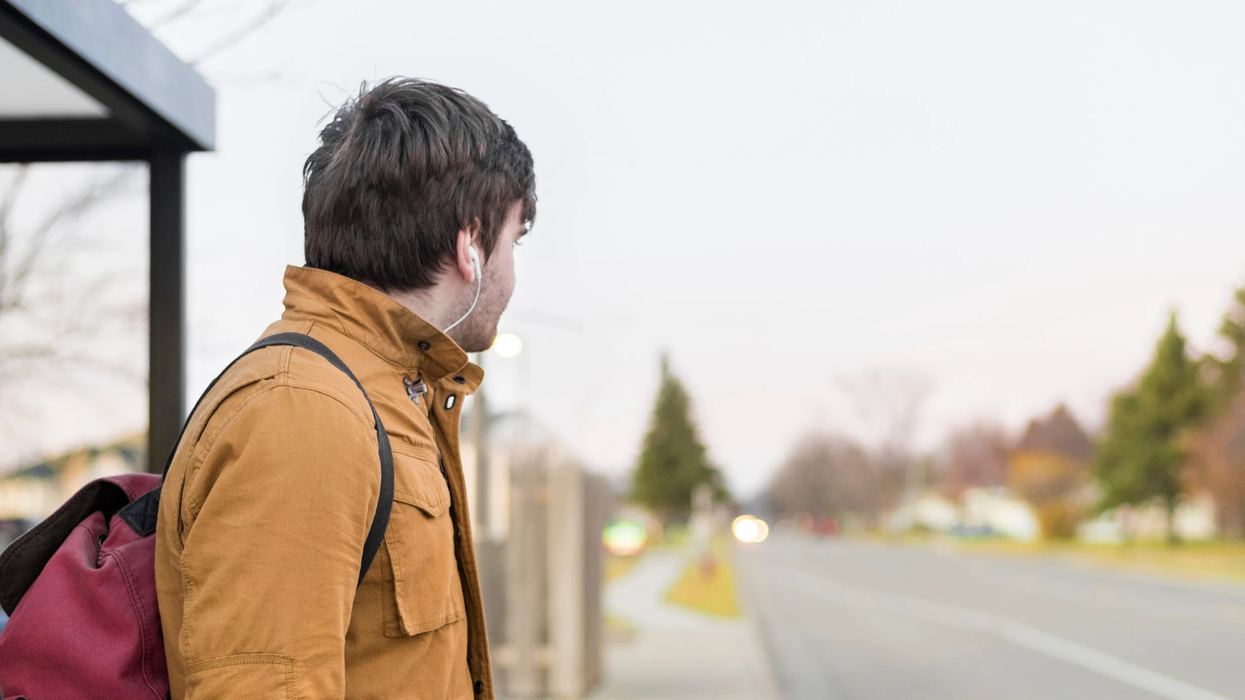Though more than 210 million Americans drive each year, anyone who’s actually been behind the wheel can probably tell you not everyone is doing it safely. In fact, in 2013 alone, more than 2 million Americans were injured in motor vehicle crashes; more than 90% likely involved some form of driver-related error. The problem is that, no matter how many side curtain airbags or collision avoidance systems you install, cars are still driven by fallible, distractible humans.
Which makes the idea of replacing the human driver with a computer very tempting. Autonomous vehicles, also known as self-driving cars, seem to promise both convenience and a greater degree of safety. Robots don’t check cellphones, after all, nor do they drive drunk or fall asleep behind the wheel. Tesla, Toyota, and Ford are all working on the technology, as are Google and Uber.
But the idea of replacing humans with robots — robots now left in charge of two tons of speeding metal, mind you — has left some people understandably worried about just how safe these driverless cars would be. In 2016, for instance, a man driving a Tesla Model S crashed and died while using the car’s autopilot. Although the National Traffic Safety Board ultimately faulted the man, not the car, the accident raised serious doubts.
[quote position="full" is_quote="true"]If we wait until these vehicles are nearly perfect, our research suggests the cost will be many thousands of needless vehicle crash deaths caused by human mistakes.[/quote]
Here’s the question: We know that driverless cars might already be safer than human drivers, but just how much safer does a driverless car have to be before they hit the road? And, by delaying them, are we costing people their lives? It’s a problem The Washington Post called “the big moral dilemma facing self-driving cars.”
To answer this question, policy think tank the RAND Corporation ran calculations based on hundreds of plausible futures to determine if it’d be better to release “OK” vehicles early or to wait until they’re nearly perfect.
They found that even if autonomous vehicles were just 10% better than the average American driver, putting them on the road sooner could save lives.
"If we wait until these vehicles are nearly perfect, our research suggests the cost will be many thousands of needless vehicle crash deaths caused by human mistakes. It's the very definition of perfect being the enemy of good,” said Nidhi Kalra, the director of RAND’s San Francisco office and the author of the study in a press release. Their analysis suggested thousands, even hundreds of thousands, of lives could be saved over the next 30 years.
A lot of people in San Francisco may be thinking about driverless cars right now. As of July 2017, pedestrians in the South of Market neighborhood could watch such cars puttering around the neighborhood sans-operator, courtesy of General Motors. Other driverless car developers are testing their inventions nearby as well.
Meanwhile, lawmakers and insurance markets are trying to catch up to the new technology. Besides safety, putting driverless cars on the road also means figuring out liability insurance, public reaction, and maybe even ethics.
Many manufacturers have set the ambitious goal of rolling out these vehicles by the early 2020s, if not sooner. So while the technology may not be ready for driverless cars to embark on the great American road trip yet, it might not be long before it is.
















 Otis knew before they did.
Otis knew before they did.